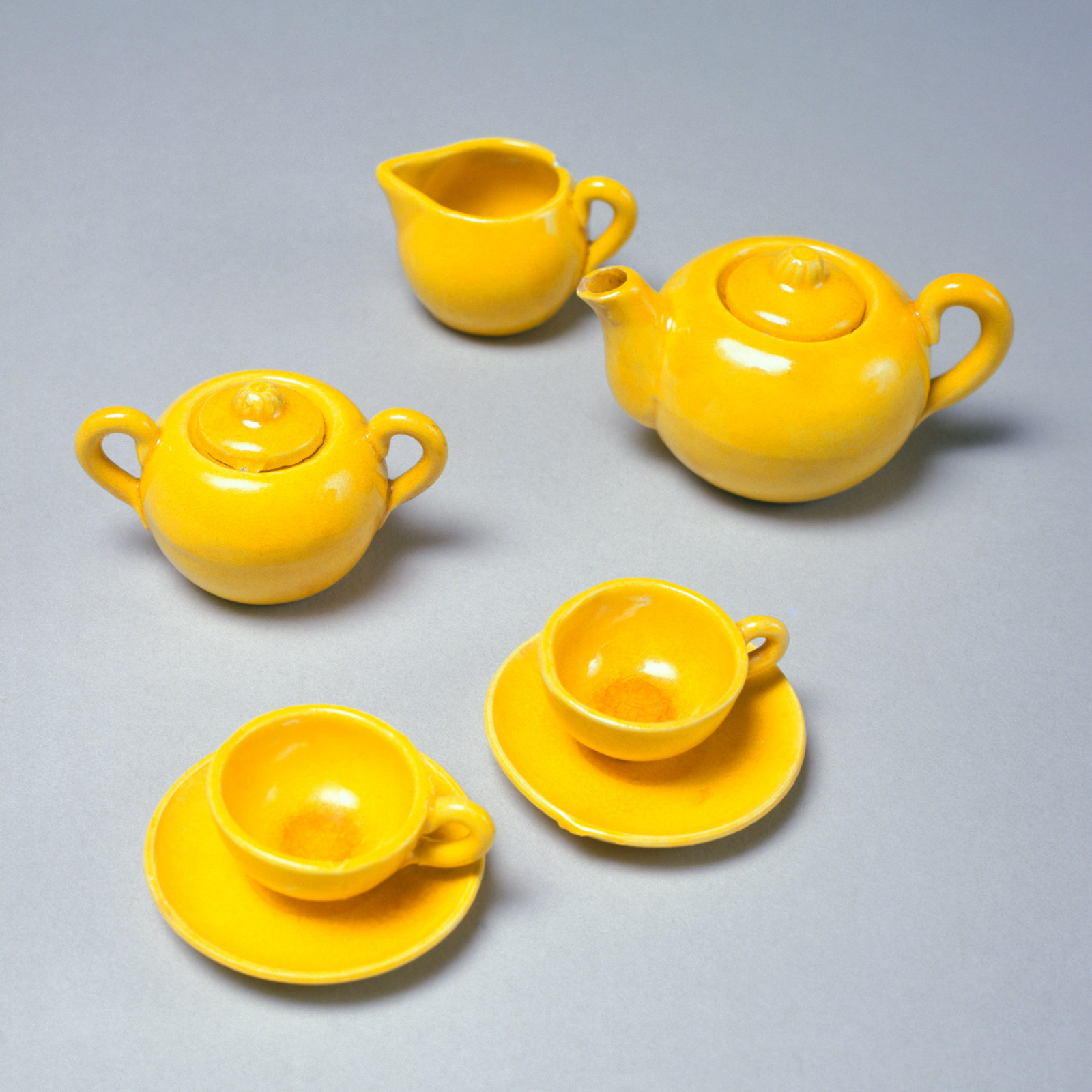Roy Garlick’s rowing trophy
This trophy was presented to Constable Roy Garlick (1905-1974) for his part in winning the maiden fours race at the NSW Police Rowing Club Regatta held on the Parramatta River in March 1935.
His fellow team members included his brother Allen Garlick as well as Jock Walsh and Tom King. He was also part of the winning team for the maiden eights at the same regatta and later that year travelled to Melbourne with a police contingent to compete in the Henley-on-Yarra regatta. The NSW Police Rowing Club was formed in 1933 and had a clubhouse on Blackwattle Bay. The club produced many successful rowers who went on to compete at state, national and international events, including former police commissioner Mervyn Wood (1917-2006) who represented Australia in rowing at four Olympic games. Police members were encouraged to participate in sport in the hope it would keep them fit, encourage team spirit and ‘wean young constables from any urge they might have towards horse and pony racing’. Roy Garlick’s physical fitness often helped him in his police work. He was once forced to fight a boxer in order to arrest him and, although injured in the fight, he managed to take the suspect into custody.
Related

The trophy cabinet
Trophies are symbolic objects, intended for display as evidence of achievement, especially of victory in a contest of some kind
Published on
Collection items
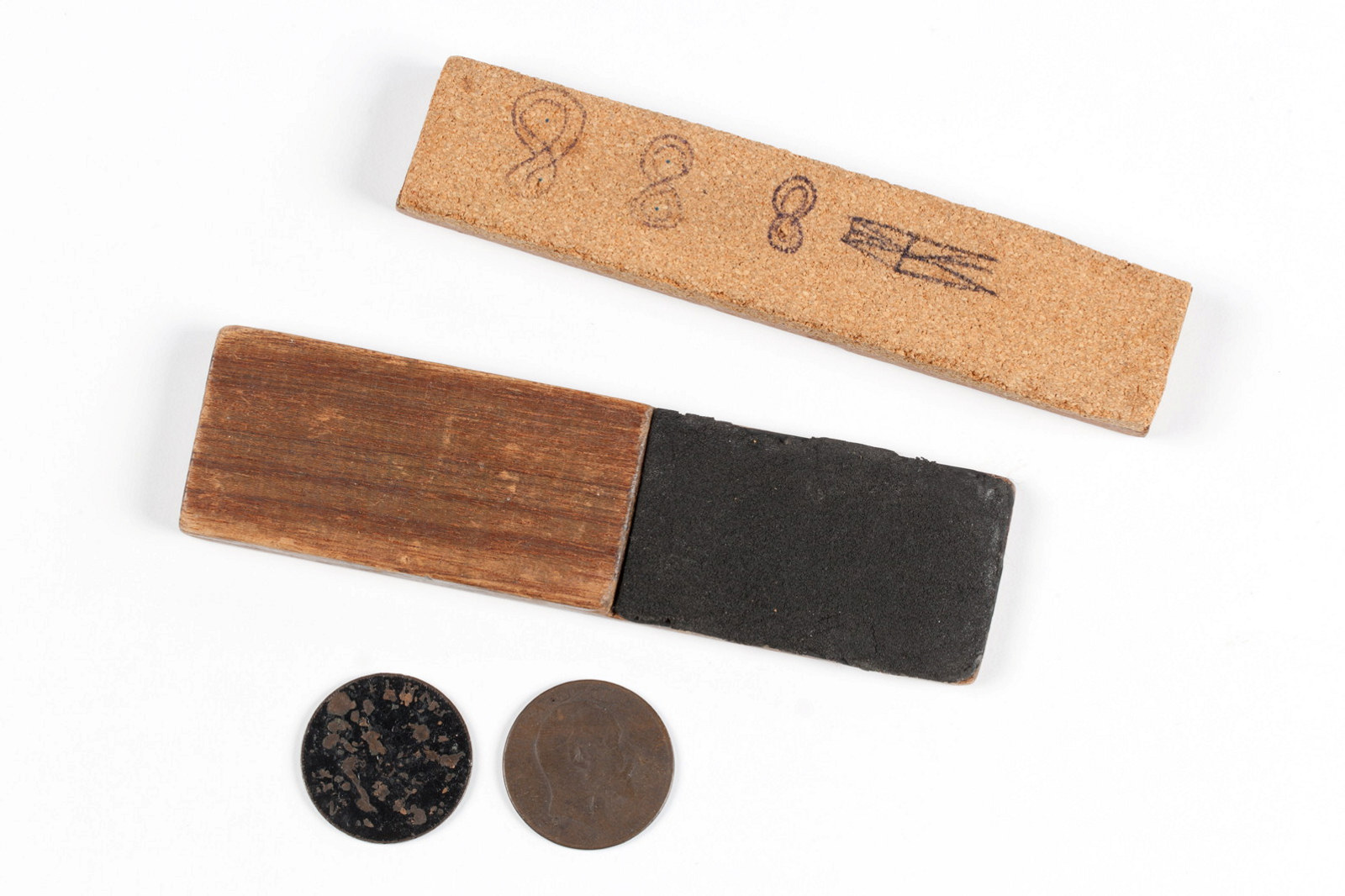
Come in spinner!
Gambling in Australia is regulated by the state and some types of gambling are illegal. The game Two-up, with its catch cry of ‘Come in Spinner!’, is legal only on Anzac Day and only in some states
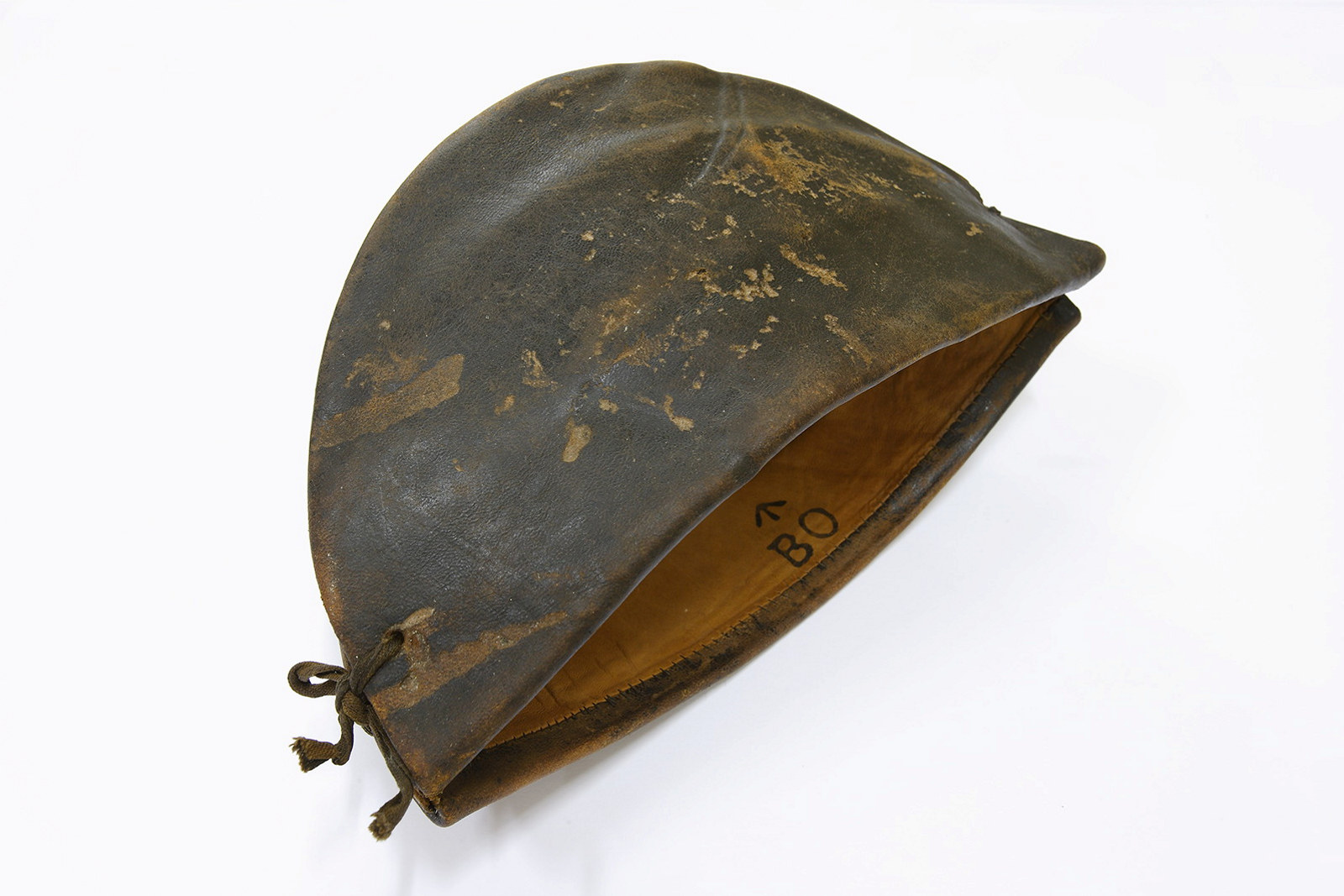
Convict Sydney
Convict cap
A hat was known as a castor or a kelp in the convict ‘flash’ slang language

The trophy cabinet
Trophies are symbolic objects, intended for display as evidence of achievement, especially of victory in a contest of some kind
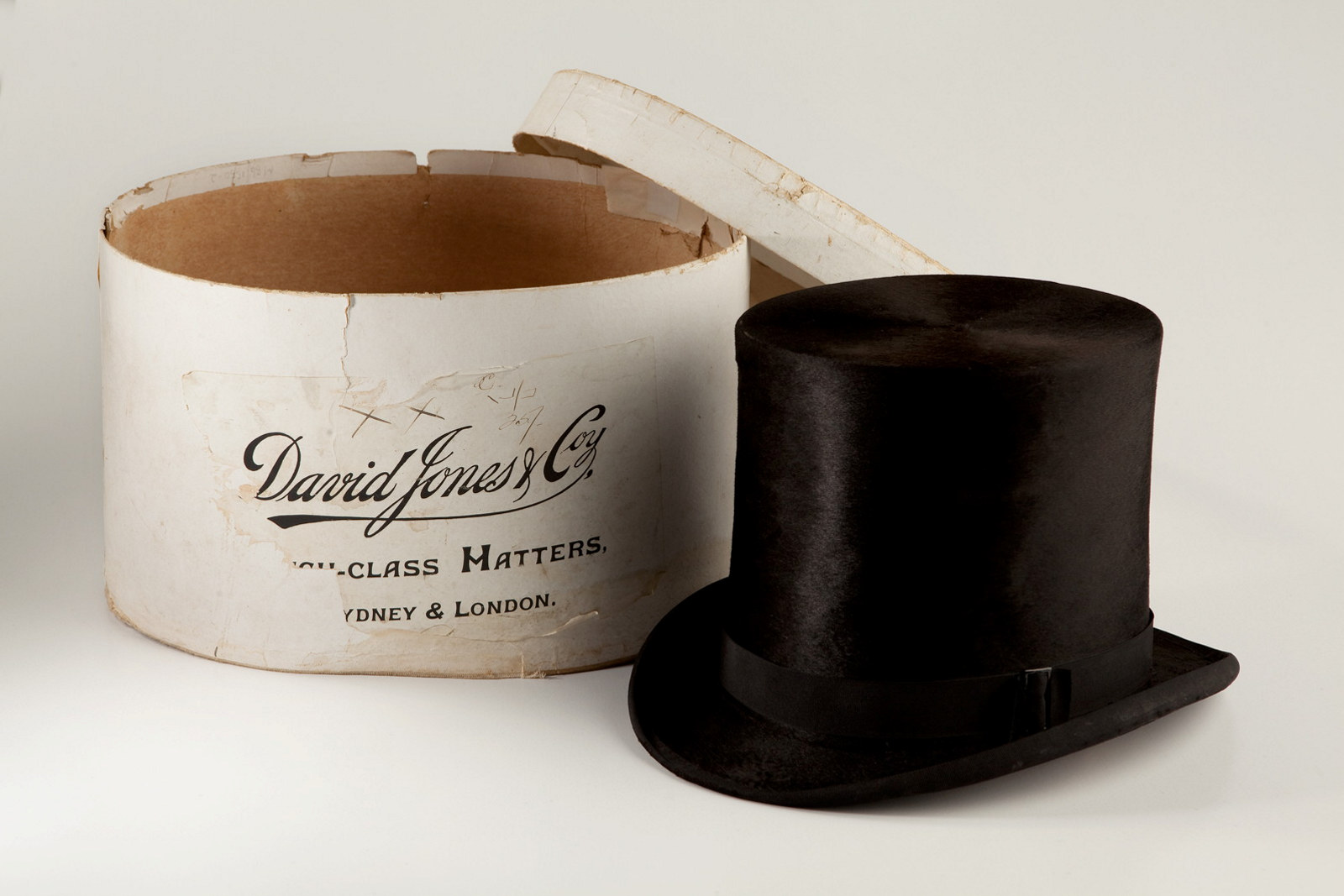
Bicornes, bonnets & boaters
There’s a variety of headwear across our collections ranging in date from early to late nineteenth century
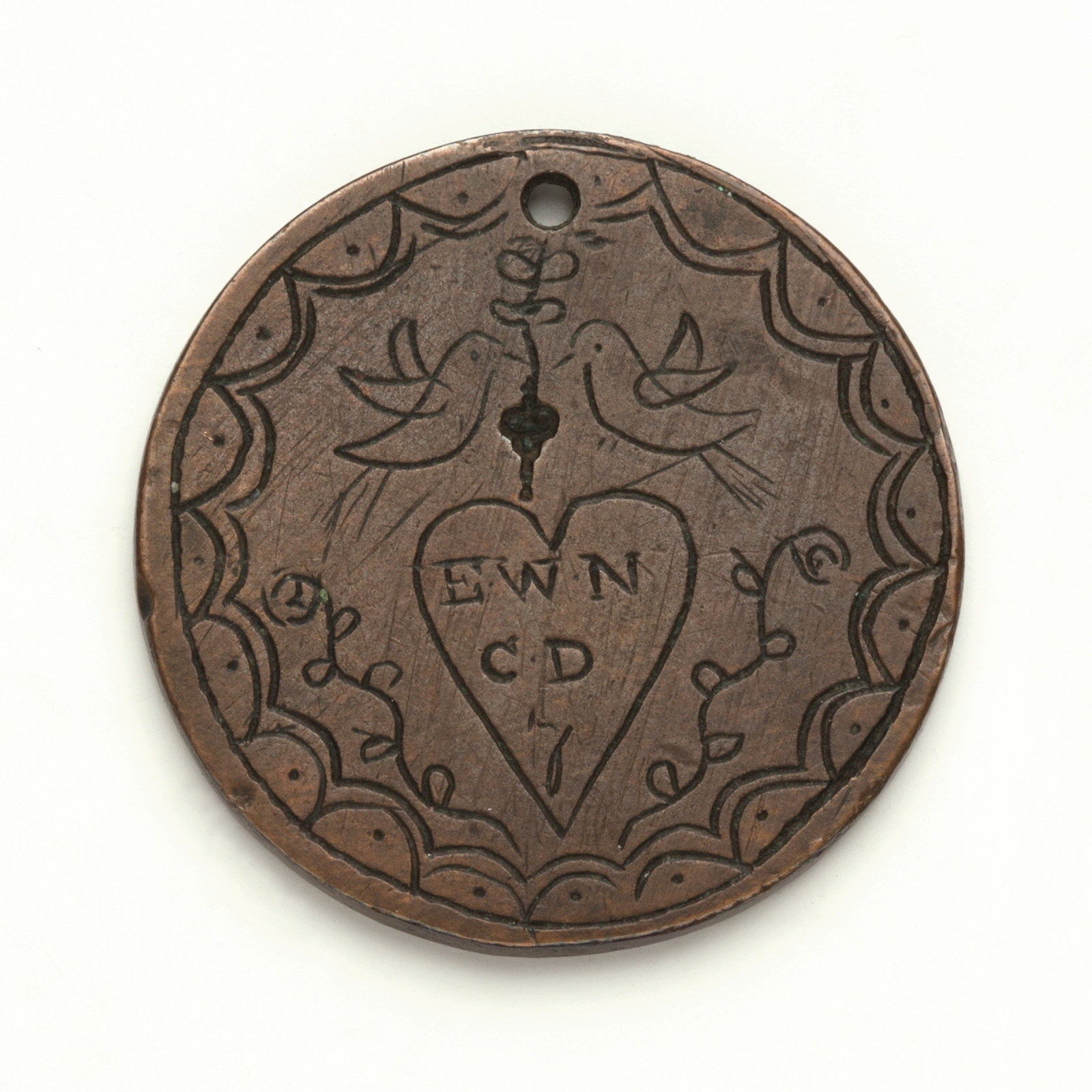
Convict Sydney
Love token, Donovan
This very detailed token was probably made by a nineteen year old called Cornelius Donovan
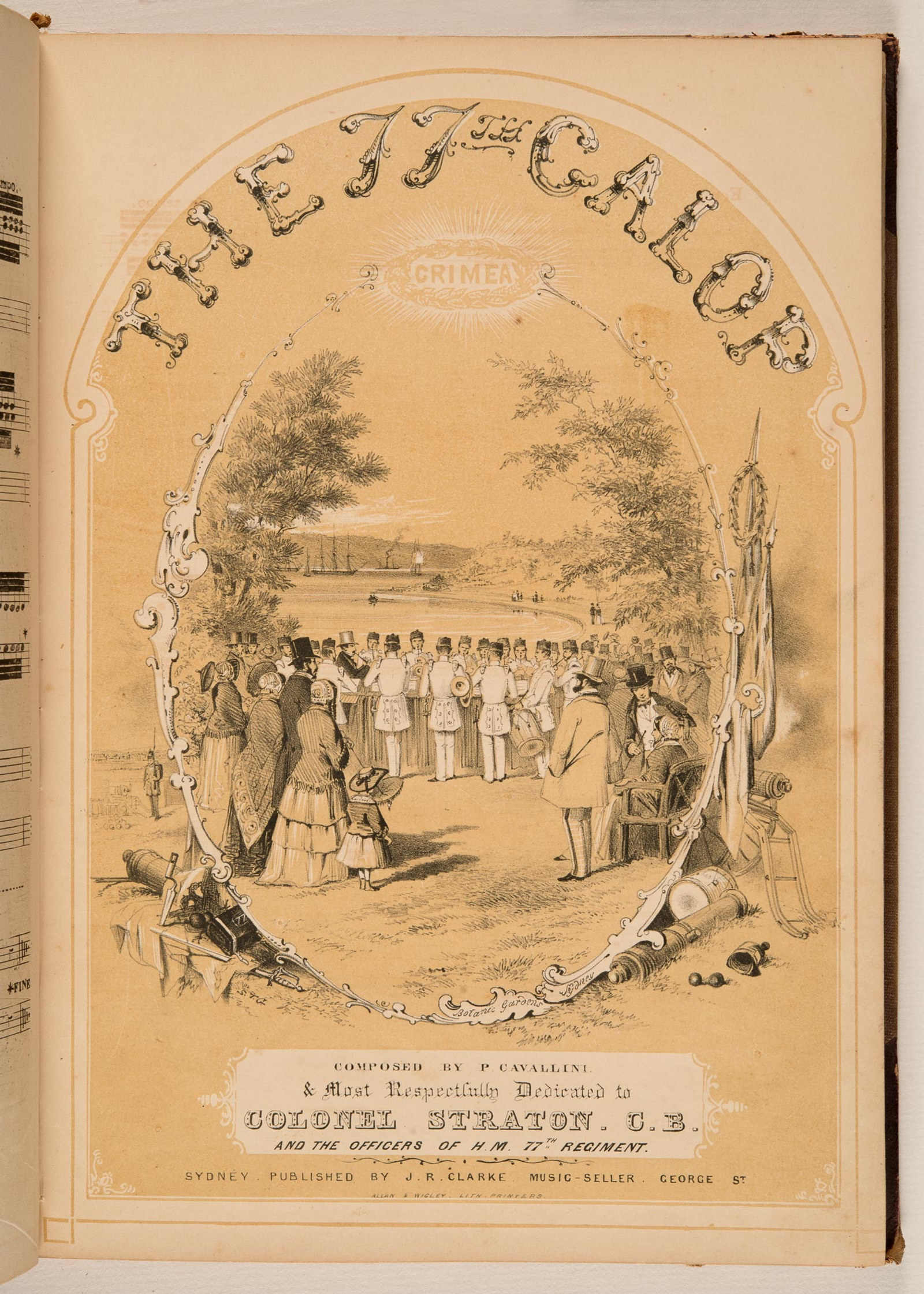
Reading the score
Since the early 1800s, Australian households have purchased sheet music to enliven their drawing room repertoire
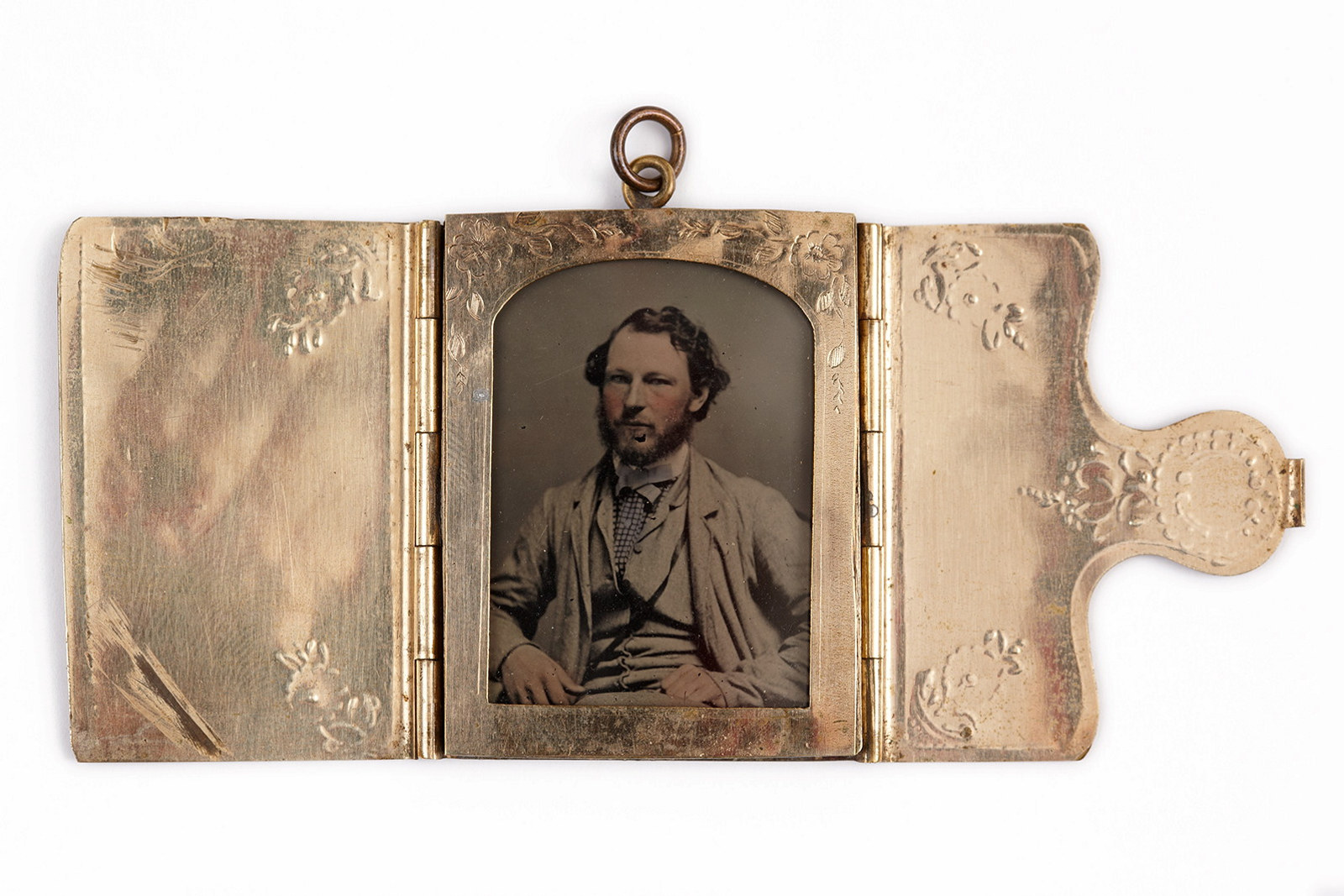
Close to the heart
Expressions of love and endearment have long been embodied in keepsakes or jewellery worn or held close to the body
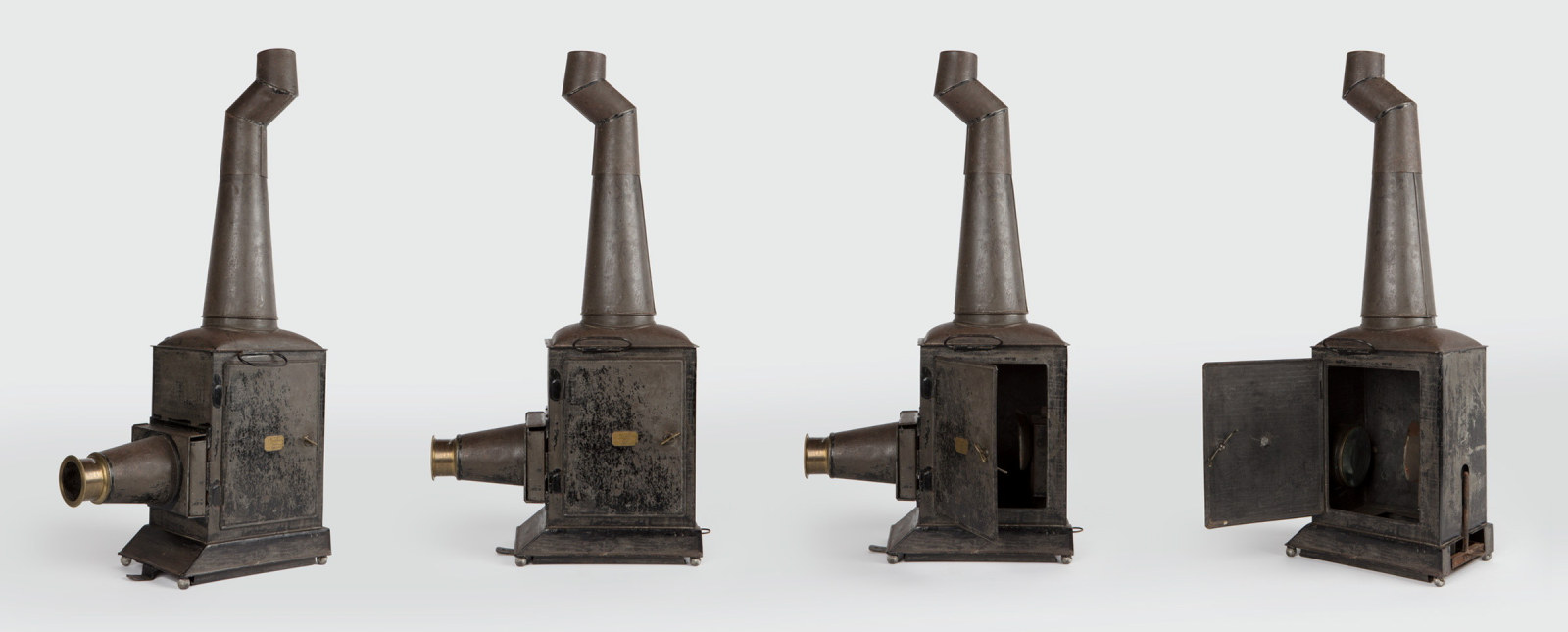
Magic lantern at Rouse Hill Estate
The Rouse Hill House magic lantern is a mid-19th century example of a form of image projector which dates back to the 17th century
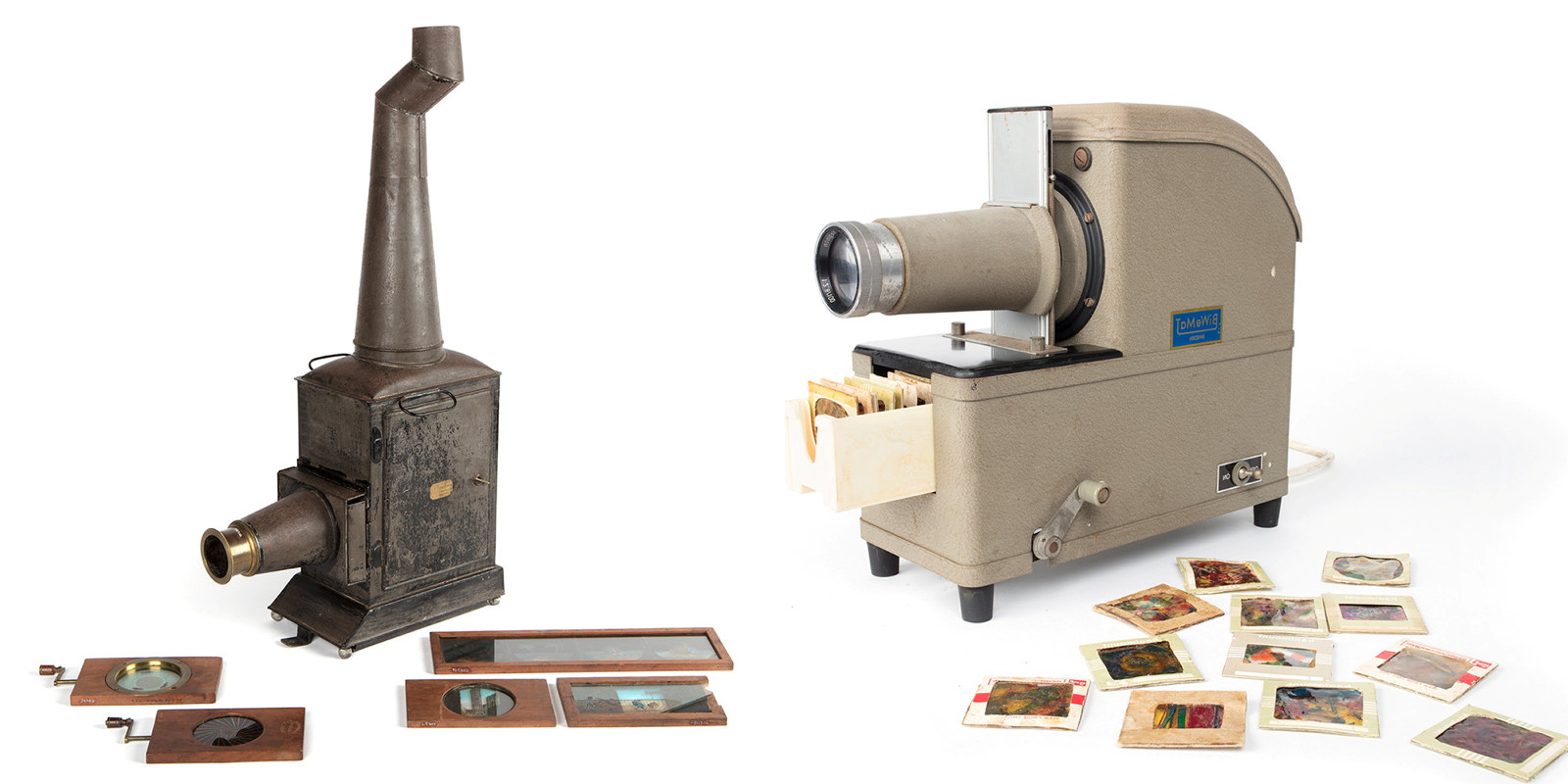
Projected across time
In the late 1960s, John Terry, then a young man living at Rouse Hill Estate, composed avant-garde music which he set to abstract projected images, and performed at various locations in Sydney
